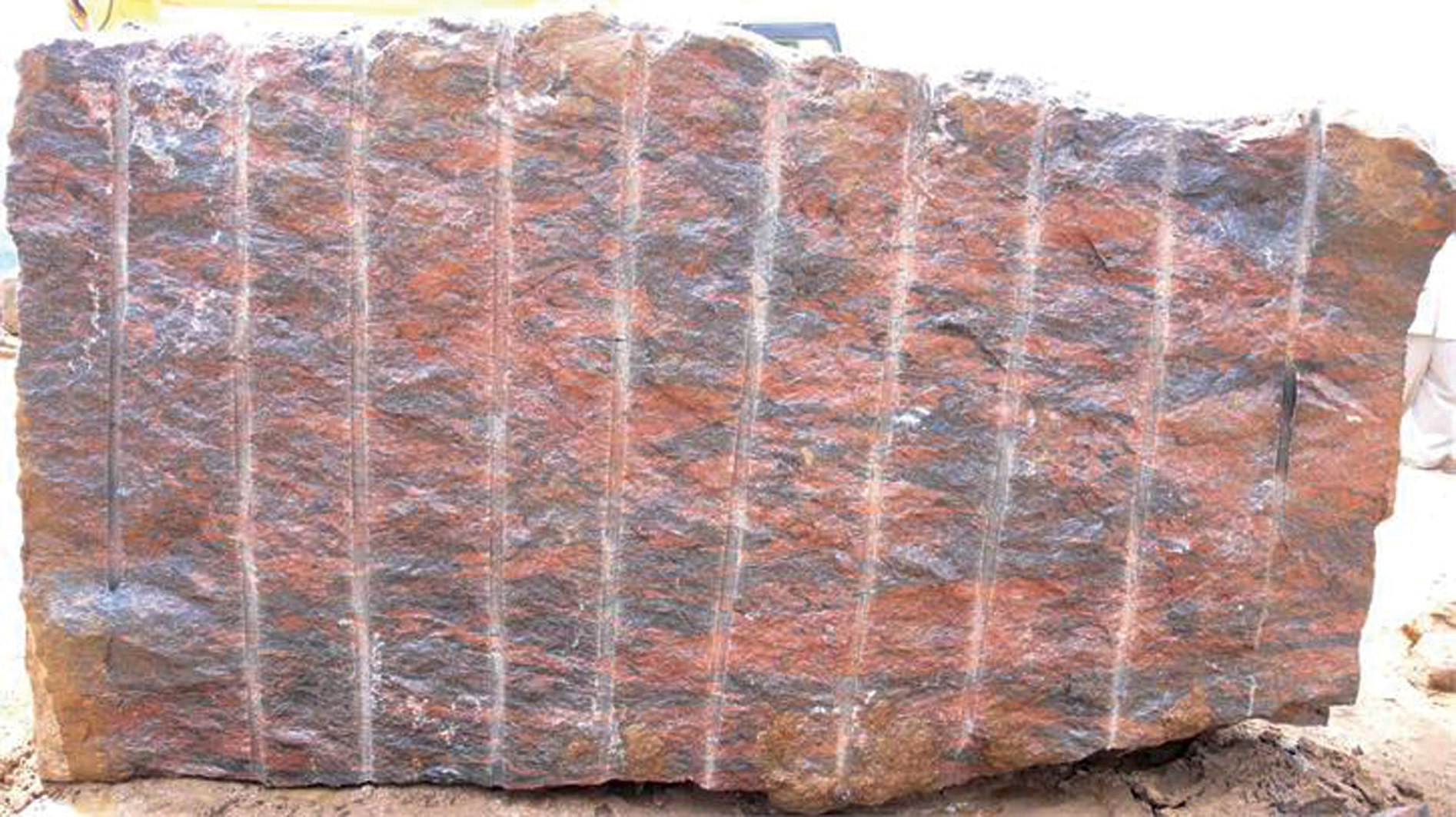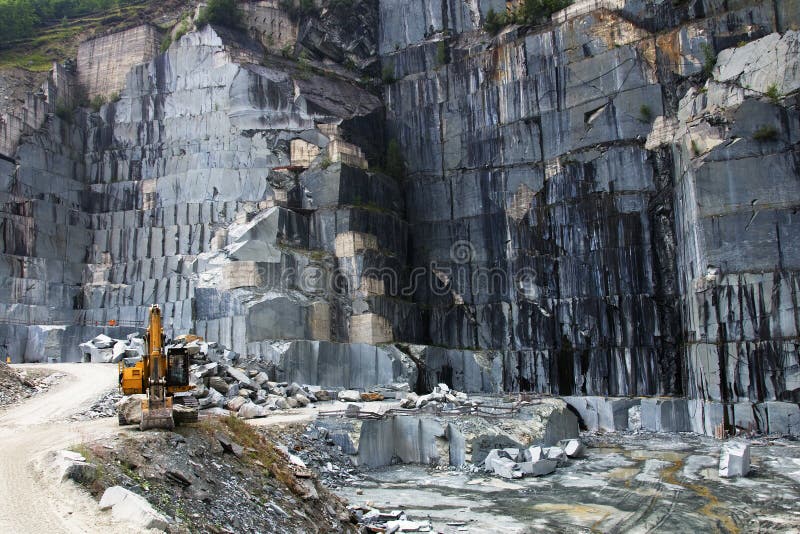Diving right into of Granite Quarries in South Africa
Diving right into of Granite Quarries in South Africa
Blog Article
Uncovering the Rich History and Lasting Practices of Granite Quarrying
As we base on the precipice of discovering the intricate tapestry of granite quarrying, a trip through time discloses not just the physical act of drawing out stone but additionally the social and historic importance woven right into the extremely material of this method. From the old beginnings that laid the structure for modern-day quarrying techniques to the lasting methods that are shaping the future of this industry, each carve mark on granite surface areas informs a tale waiting to be discovered (granite quarries in south africa). The legacy of granite quarrying stretches much beyond plain extraction; it is a testament to human resourcefulness, strength, and the long-lasting appeal of this stunning stone
Ancient Origins of Granite Quarrying
Going back to old worlds, the technique of quarrying granite has actually been an integral part of human history and architectural advancement. The earliest proof of granite quarrying days back to old Egypt, where large pyramids and complex sculptures were crafted from this resilient stone. The Egyptians made use of primitive devices to remove granite blocks from quarries, showcasing the relevance of this material in their significant constructions.
Relocating onward in background, the Greeks likewise made considerable contributions to the quarrying of granite. The Greeks used granite in different architectural marvels, such as holy places and statuaries, demonstrating their ability in shaping and sculpting this hardy rock. The Romans better fine-tuned the methods of quarrying granite, utilizing innovative tools like chisels and hammers to remove and form granite for their iconic frameworks.
With the centuries, the practice of quarrying granite has actually developed, with modern-day innovations improving efficiency while keeping the ageless appeal of this natural stone - granite quarries in south africa. From old worlds to modern building contractors, the heritage of granite quarrying continues to shape our world
Development of Quarrying Methods
The evolution of quarrying methods has been marked by a constant progression in the direction of greater performance and precision in drawing out granite. Early quarrying strategies included manual labor with fundamental devices such as knives, hammers, and wedges to draw out granite blocks from the earth.
Advancements in computer-controlled devices and 3D modeling have actually maximized quarrying procedures, leading to minimal environmental effect and improved sustainability techniques. As the need for granite proceeds to climb, the development of quarrying techniques remains important to conference industry requires efficiently and sustainably.
Cultural Importance of Granite
Granite holds an extensive social value across numerous civilizations due to its long-lasting existence in architectural work of arts and prized monuments. The social relevance of granite expands beyond its physical attributes; see this website it personifies strength, security, and eternity, making it a symbol of sustaining heritages and practices.

Lasting Practices in Quarrying
Amidst the rich background of granite quarrying and its social importance lies an expanding emphasis on sustainable techniques within the market. As ecological awareness and concerns concerning resource deficiency have actually increased internationally, the quarrying industry sites has progressively embraced lasting techniques to minimize its effect on the atmosphere and bordering areas.

Furthermore, reclamation and rehabilitation of quarry sites post-extraction are indispensable to sustainable practices. By bring back quarried areas to an all-natural or useful state, such as creating wildlife his response habitats or entertainment areas, quarriers can counter the ecological footprint of their operations and contribute positively to the local community.
Legacy of Granite Quarrying
With a historic backdrop soaked in workmanship and commercial development, what enduring impact has granite quarrying left on the landscape of contemporary society? The legacy of granite quarrying goes beyond mere extraction practices; it has shaped architectural wonders, metropolitan landscapes, and cultural heritage worldwide. The sturdy nature of granite has actually made it a preferred option for monuments, structures, and infrastructure, standing as a testament to the ability and virtuosity of quarry employees throughout generations.
In addition, the financial footprint of granite quarrying can not be ignored. The industry remains to offer employment possibility and drive neighborhood economic situations in regions where granite extraction prevails. It has additionally stimulated technological advancements in quarrying techniques and equipment, resulting in extra efficient and lasting methods.
In regards to sustainability, the heritage of granite quarrying includes initiatives to minimize environmental effects through reclamation projects and liable source monitoring. By balancing financial rate of interests with environmental stewardship, the market strives to make sure that future generations can remain to benefit from this enduring natural deposit.
Conclusion

Report this page